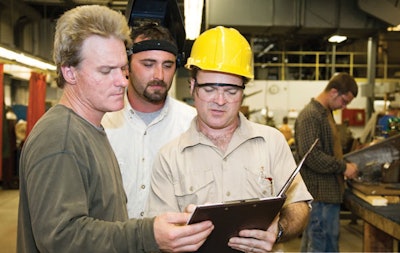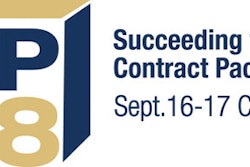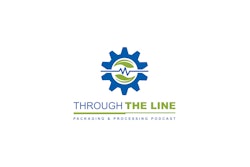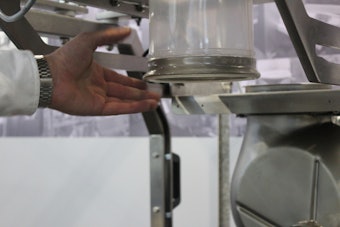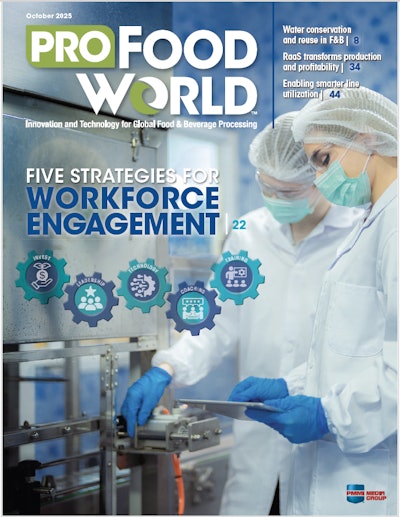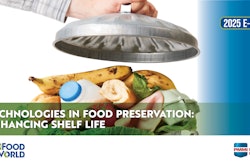You’re a contract packager who has received notice that a product manufacturer wants to conduct an on-site audit. If such notice fails to stir concern, you are too confident—perhaps even cocky. On the other hand, outright apprehension is uncalled for, because an audit is an opportunity to convince the client of its wisdom in having partnered with you, and also to provide justification for the continuance of the partnership.
Taking best advantage of that opportunity requires realizing that an audit is more than checklists and metrics. That’s not to overlook the fact that, at its core, an audit is a process for determining the degree of compliance with quality standards. Nonetheless, there are strategies and tactics, beyond the numbers, that will favorably distinguish an audit from the routine. Following are seven strategies to consider.
1. Know what prompted the audit. This knowledge is instrumental in preparation, giving you a basis for predicting the client’s mind-set. A first-time audit, especially if the partnership has been long term, simply might mean that the client has instituted an auditing program. If the client has audited you before—say annually—and this one comes before schedule, why? And, an audit that follows on the heels of a big problem or a series of little ones might be indicative, in and of itself, of a larger issue. If you have any uncertainty about what prompted the audit, ask. No guile; just pose the question within a friendly, conversational context. A client might be less than forthcoming, but even that is revealing.
2. Have the needed documentation on hand. Avoid having to devote time during the audit to “look it up.” Determine, in advance, from the client whether it wants to review or otherwise have certain documentation available. Whereas quality-assurance records might not pose a problem, other requests might violate your propriety. Better to have resolved such issues in advance than to have to grapple with them during an audit.
Consider your documentation
Separate from the client’s requests, you should determine your own documentation needs. They shouldn’t be limited to what you plan to show the client. At the very least, you should have reviewed the recent history of the partnership. Has the volume of business increased, held steady, or declined? How beneficial is the partnership from your perspective? You should regard an audit as a two-way evaluation.
3. Display the welcome mat. Receive the auditors like the visitors that they are. Upon entering, the auditors should see their company’s name on the visitor’s board. If the names of the auditors have been disclosed to you in advance, have printed visitor badges ready at the receptionist’s desk, along with safety equipment. The person who comes out to greet the auditors should be a familiar face, such as the account representative.
This facilitates any further introductions that might be in order. It’s not window-dressing. It’s fundamental business etiquette, often underappreciated for its ability to set a positive tone. Besides, it costs nothing.
4. Begin with a meeting. Never go straight onto the plant floor.
Instead, the first stop should be the conference room for a brief orientation to outline how the audit will be sequenced. You are basically explaining the tour route, which, in turn, should reflect preparatory contacts you’ve had with the client.
This also is a prime opportunity to quickly (re)acquaint the auditors with your company’s mission, philosophy, management style, capabilities, controls, and innovations. This should not be mistaken for a sales pitch; in fact, you can allude to the above and tell the auditors that examples will be pointed out throughout the audit.
5. Showcase the operations. When the parties move onto the plant floor, operations should be the unchallenged focus.
The best way to assure that is for the operations to be churning out the client’s products that day. Though that might seem to go without saying, there have been instances to the contrary—the facility running at full tilt, but not with that particular client’s products. Such an oversight could make for a paraphrasing of the old quip: The operations were a success, but the patients sighed. Don’t regard equipment, controls, and services in the abstract, for they take on relevance only to the extent that they fulfill the client’s requirements.
The people showing the auditors through the plant should be knowledgeable about operations, sure; but they also should be able to point out features of the plant floor that make them an extension of the client’s operations, because that is the foundation of the relationship.
6. Don’t muzzle the workers. Your workers have a role, but it need not be a silent one.
Workers always notice outsiders strolling through the facility. Giving your workers the heads-up about the visit (this can be done as informally as a posting on a message board) and providing basic details about its nature will ward off “creative” assumptions. You want your workers to present an image of relaxed efficiency.
Your policy should be that workers are authorized to answer questions from the auditors, provided that the questions are about operations. If you don’t trust your workers in that regard, it suggests something uncomplimentary about your training procedures and worker relations. If you believe that a worker should not answer a particular question, a qualified member of your group should quickly and diplomatically intervene.
7. End with a meeting. From the plant floor, go back to the conference room.
Use an ending session to address whatever issues the auditors wish to air. If you’ve been an observant host, you likely noticed whether the auditors showed varied interest in what they saw, shared hushed comments among themselves, exchanged coded glances, etc. Consider such observations as clues to how you should guide the discussion.
Before the meeting concludes, there should be agreement regarding follow-up, as specific in terms of time as possible. Whatever is requested of you, strive to beat the agreed-upon timing. Be just as committed to exceeding expectations when you receive the audit evaluation report from the client. But, before that, and immediately after the auditors have departed, your team should discuss your impressions of how the event went.
